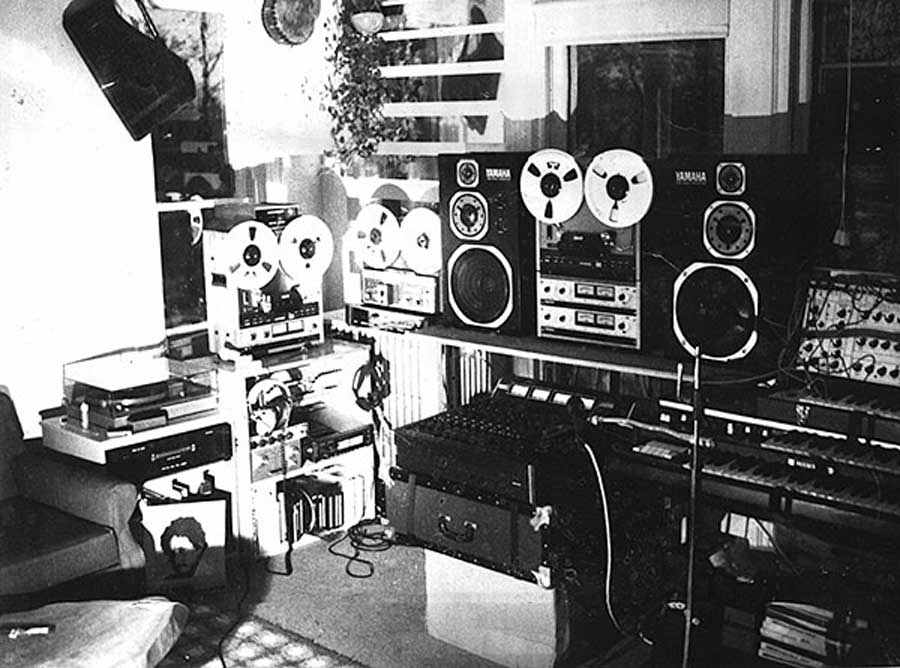There’s a common misconception about what “tape sound” is, and what it can do to a mix. When we think about the magic of tape, we usually conjure up bands like Led Zeppelin, The Beatles, or even the grunge bands of the 90s. However, we must also consider that “tape sound” also includes bands like Def Leppard, or NSYNC.
What does it mean to have that “tape sound”? The kind of tape machine, tape, tape speed, tape quality, bias settings, and input and output gain settings will all affect what the end product sounds like. But these aren’t the things that make a record go platinum. How we approach our mic placement, preamp choices, EQ and compression settings: these will play a larger role in how good our mix sounds than throwing on a tape plugin, or passing it through a tape machine. Not to discredit tape: it can be a wonderful thing when appropriate! However, it’s only a small piece of the massive puzzle that is the mix.
All through the history of recording, engineers have been designing systems to have the very best fidelity possible for the technology available at the time. They were, and constantly are pushing progress forward. Digital was created by the very people who were using tape and recognized its limitations. So, why limit art to only one medium? Use all the tools to create art.










There are 0 comments